 We’ve all been there.
We’ve all been there.
You take a nice deep hit…and explode into a fit of coughing.
Yes, I know the cliche is that this indicates it is strong weed.
And there is some truth to that.
But not all strong weed has to be harsh to smoke.
And once you know what makes cannabis buds harsh to smoke, you can take steps to ensure your buds are smoother and easier to smoke from now on. Even strong ones.
Contents
What Makes Cannabis Buds Harsh To Smoke?
Cannabis buds can be harsh to smoke due to several factors, including strain selection, growing conditions, and the timing of the harvest.
Proper drying and curing are also crucial to avoid harshness. Improper techniques can lead to an unpleasant experience.
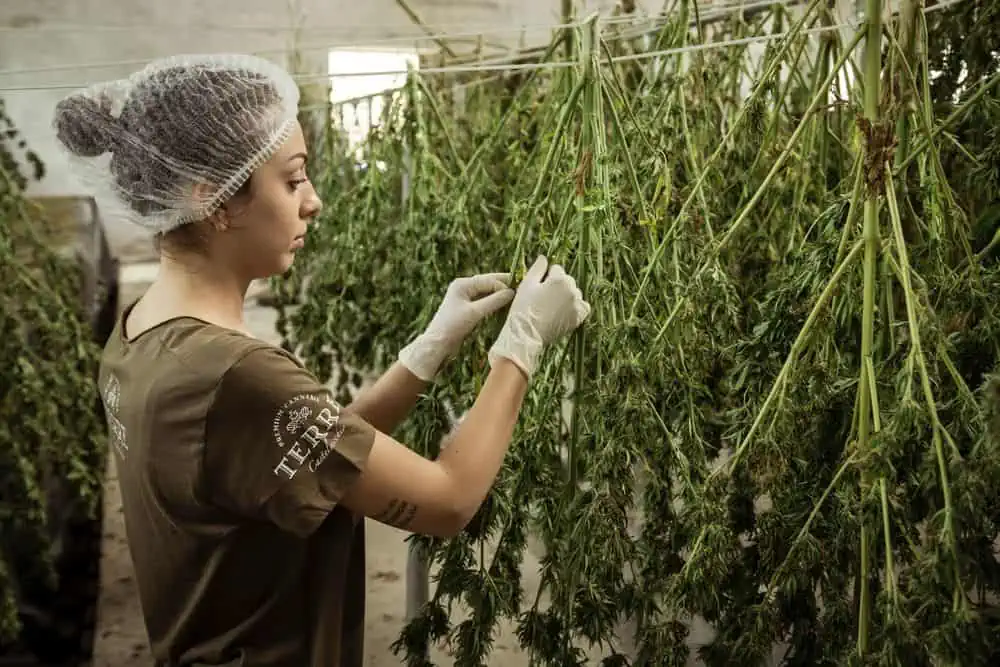
Storage also plays a role. Cannabis must be kept at optimal temperature and humidity to maintain quality. Consumption methods like grinding and the type of smoking device used can also affect smoothness.
Lastly, the chemical composition, including terpenes, cannabinoids, and any residual pesticides or mold, can also significantly impact the harshness of the smoke.
Factors Related To Cultivation And Harvesting
We will begin by taking a closer look at the factors that make buds harsh to smoke that have to do with the actual cultivation and harvesting.
Strain Selection
The strain you choose can significantly impact the harshness of your smoke. High-THC strains are often associated with a more intense, potentially harsher experience.
On the other hand, high-CBD strains tend to be smoother. However, it’s important to remember that these are generalizations, and factors like cultivation and curing also play a huge role.
Learn all about THC, CBD, and CBN in this article.
Growing Conditions
The environment in which you grow your cannabis is crucial. Proper lighting, temperature, and humidity levels are essential for healthy plant growth and development.
Nutrient management is equally important. An overabundance of nutrients can lead to nutrient burn, creating harsh-tasting smoke.
Harvest Timing
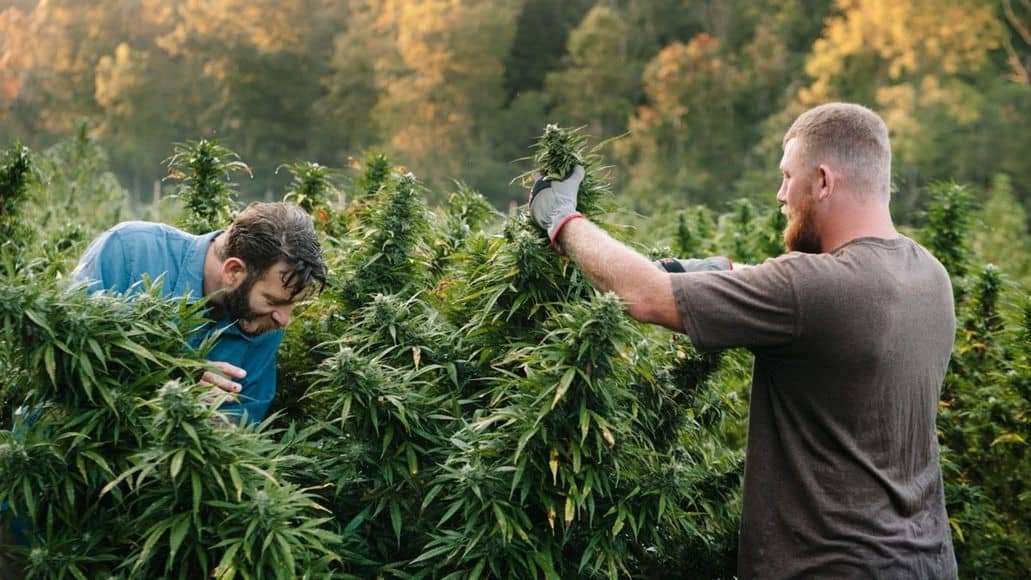
Timing your harvest correctly is key to producing smooth-smoking buds. Harvesting too early can result in underdeveloped trichomes and a harsher smoke.
Conversely, waiting too long can lead to a more mature plant with higher levels of chlorophyll, which can also contribute to harshness.
Factors Related To Processing
Next, we will look at the factors that have to do with the processing of your harvested buds. This means the curing and drying processes.
Drying Techniques
The drying process is a critical step in transforming fresh cannabis into an enjoyable, smokable bud. Ideal drying conditions involve low humidity and temperatures between 55° and 65° F (13° and 18° C).
Rushing this process can result in harsh, chlorophyll-filled buds. On the other hand, drying too slowly can lead to mold and mildew growth.
Curing Process
Curing is the art of allowing dried cannabis to slowly mature. This process transforms harsh, chlorophyll-laden buds into smooth, flavorful smokes. During curing, excess moisture evaporates, and compounds responsible for harshness dissipate.
Proper curing involves storing your buds in airtight glass jars at a consistent temperature and humidity level. Resist the urge to open the jars frequently, because this can disrupt the curing process.
Factors Related To Storage
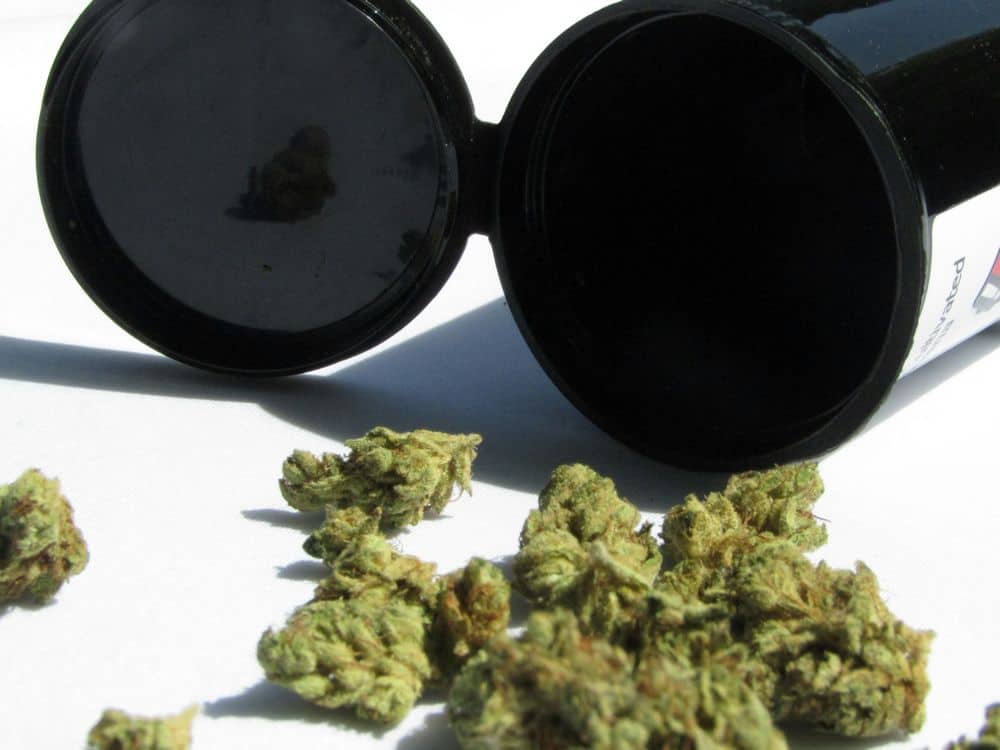
The way you store your buds also impacts their flavor, so let’s look at those factors next.
Storage Conditions
The environment where you store your cannabis plays a significant role in its quality. The ideal storage conditions for weed include a cool, dark place with a relative humidity between 55% and 62%.
Fluctuations in temperature and humidity can lead to dryness, which can make your bud harsh, or excess moisture, which can promote mold growth.
Container Types
The container you choose for storage matters too. Glass jars are the preferred option, because they protect your cannabis from light (as long as the glass is not transparent), odor, and moisture.
Plastic containers can leach chemicals into your bud, affecting its taste and potentially your health. Avoid using cardboard or paper bags, because they allow air and moisture to penetrate.
Factors Related To Consumption
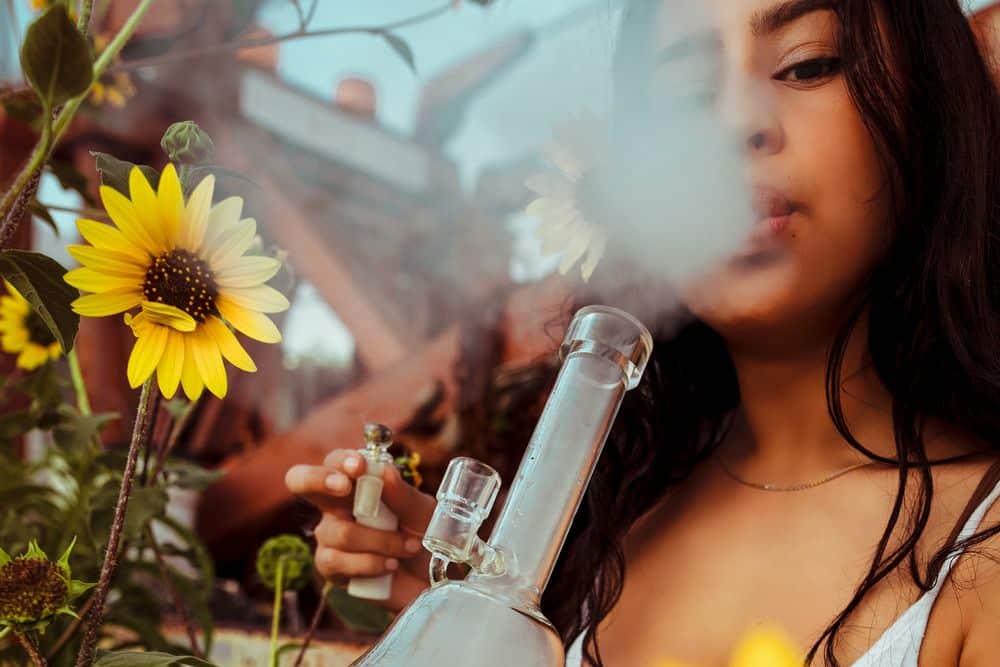
Next, we are going to loo at the various factors that have to do with the actual consumption of the marijuana.
Grinding Techniques
The way you grind your cannabis can impact your smoking experience. A consistent, even grind ensures optimal airflow and combustion, leading to a smoother smoke.
A coarse grind can be harsh, while a fine grind can clog your smoking device. Consider investing in a quality grinder with different-sized chambers for tailored results.
Smoking Methods
The method you choose to consume cannabis can significantly influence the harshness of your experience. Here’s a breakdown of common methods and their effects.
Combustion Methods
- Joints: While classic, joints can be harsh due to uneven burning, the combustion of paper, and the potential for hot spots. The rolling technique and the quality of the paper also play a role.
- Blunts: Similar to joints, blunts use tobacco leaf wraps. However, the addition of tobacco introduces nicotine and other irritants, making the smoke harsher. The thicker leaf can also burn unevenly.
- Pipes: Offering more control over heat and airflow, pipes generally produce a smoother smoke than joints and blunts. Glass pipes tend to be less harsh than metal or ceramic ones.
- Bongs: Water filtration is the key to a bong’s smoothness. The water cools and filters the smoke, reducing harshness and irritation. The size and shape of the bong can also affect the smoking experience.
Heat-Not-Burn Methods
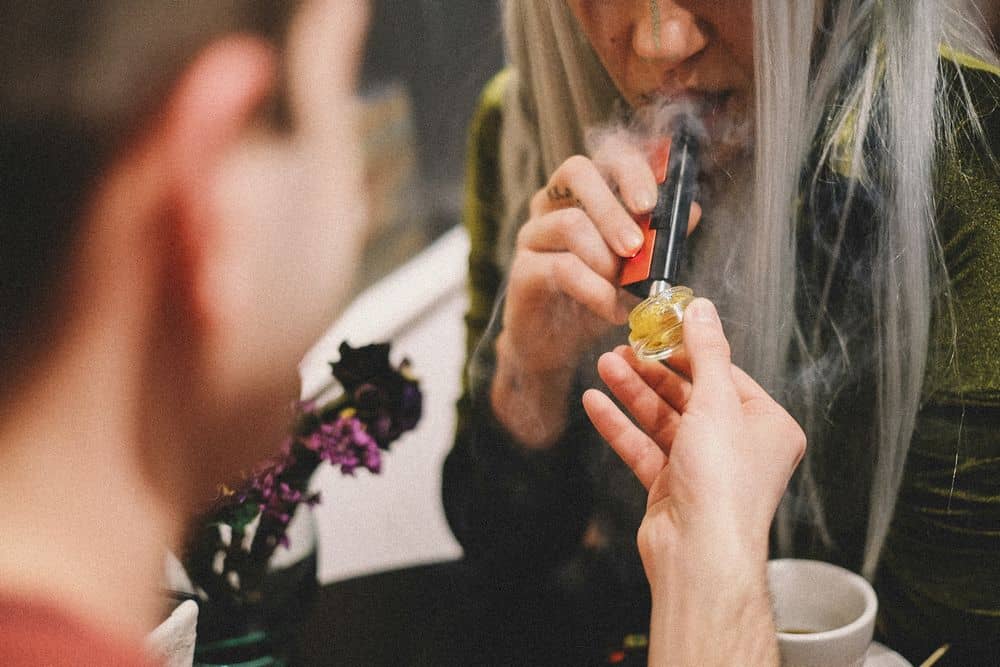
This refers to vaporizers. These devices heat cannabis without combustion, producing vapor instead of smoke.
Vaporizers are generally considered less harsh on the throat and lungs. However, the quality of the vaporizer and the temperature settings can impact the smoothness of the experience.
Additional Factors
- Inhalation Technique: Taking slow, deep breaths can help to cool the smoke and reduce harshness. Holding the smoke in your lungs for too long can also increase irritation.
- Cannabis Quality: The quality of the cannabis itself plays a significant role. Properly cured and dried flower with low levels of impurities will generally produce a smoother smoke.
Experimentation is key to finding the smoking method and technique that works best for you. Consider factors like personal preference, desired effects, and health concerns when making your choice.
Factors Related To Chemical Composition And Contaminants
Finally, we have the factors that have to do with the actual makeup of the buds being smoked.
Terpenes And Cannabinoids
The complex interplay of terpenes and cannabinoids significantly influences the taste, aroma, and effects of cannabis. Terpenes are aromatic compounds responsible for the plant’s unique flavors and scents.
Some terpenes can contribute to a harsher smoking experience, while others can create a smoother profile. Cannabinoids like THC and CBD interact with terpenes, creating the entourage effect. Balancing these compounds can lead to a more enjoyable and less harsh experience.
Pesticides And Chemicals
Exposure to pesticides and chemicals used in cultivation can be harmful to your health and can also affect the taste of your cannabis.
Opting for organically grown products reduces the risk of exposure to these harmful substances. Always prioritize reputable sources and consider products with third-party lab testing to ensure safety.
Mold And Mildew
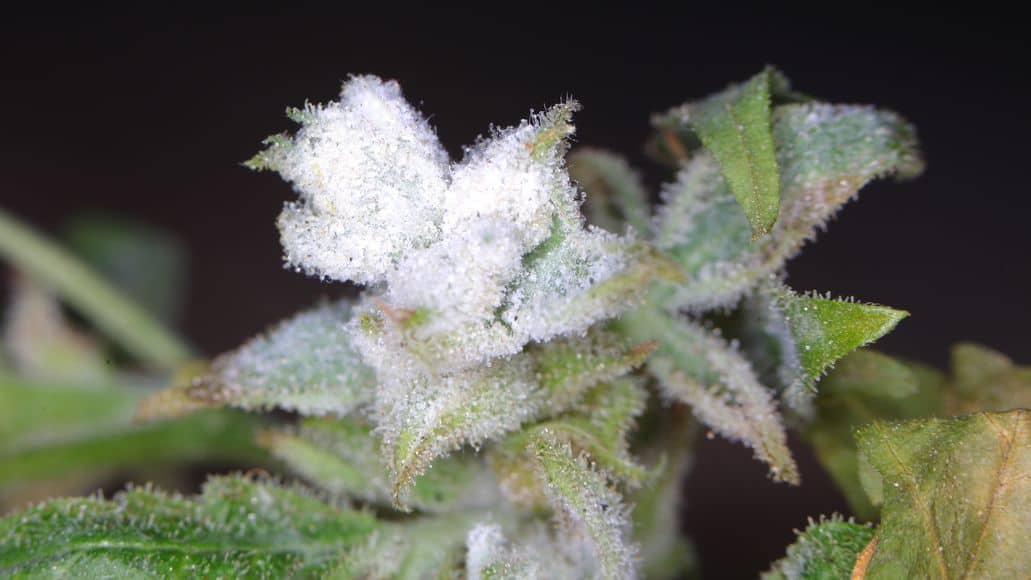
Mold and mildew are harmful contaminants that can grow on cannabis, especially in humid conditions or during improper storage. These fungi can cause respiratory problems and other health issues.
It’s crucial to inspect your cannabis for signs of mold, such as fuzzy or discolored spots. Discard any bud showing signs of contamination to protect your health.
Factors That Make Weed Harsh To Smoke: Final Thoughts
Achieving a smooth, enjoyable smoking experience involves careful attention to multiple aspects of cannabis cultivation, processing, storage, and consumption.
Every step, from strain selection to the final consumption method, plays a role in determining the smoothness of your smoke. Factors such as growing conditions, harvest timing, storage methods, and grinding techniques all contribute to the final product’s quality.
Moreover, the chemical composition of the cannabis, including its terpene and cannabinoid profile, as well as the presence of any contaminants like pesticides or mold, can significantly impact the smoking experience.
By understanding and carefully managing these various factors, you can work towards producing and enjoying smoother, more pleasurable cannabis experiences. Remember, patience and attention to detail throughout the entire process from seed to smoke are key to achieving the best results.
Leave a Reply